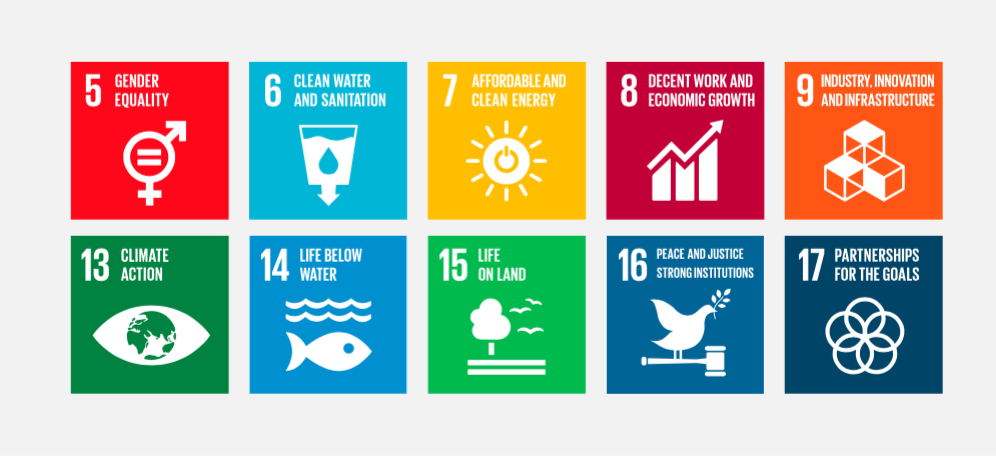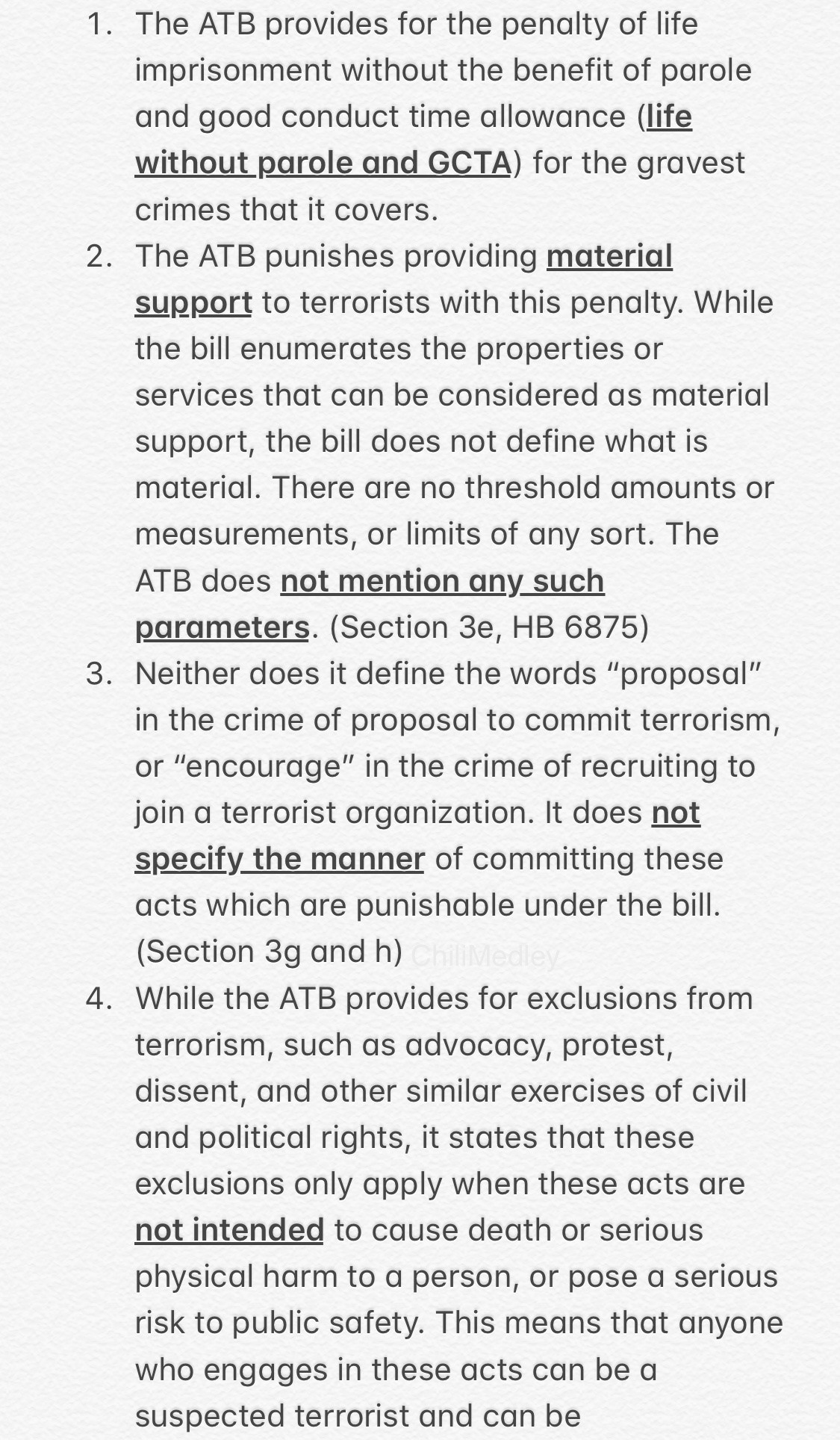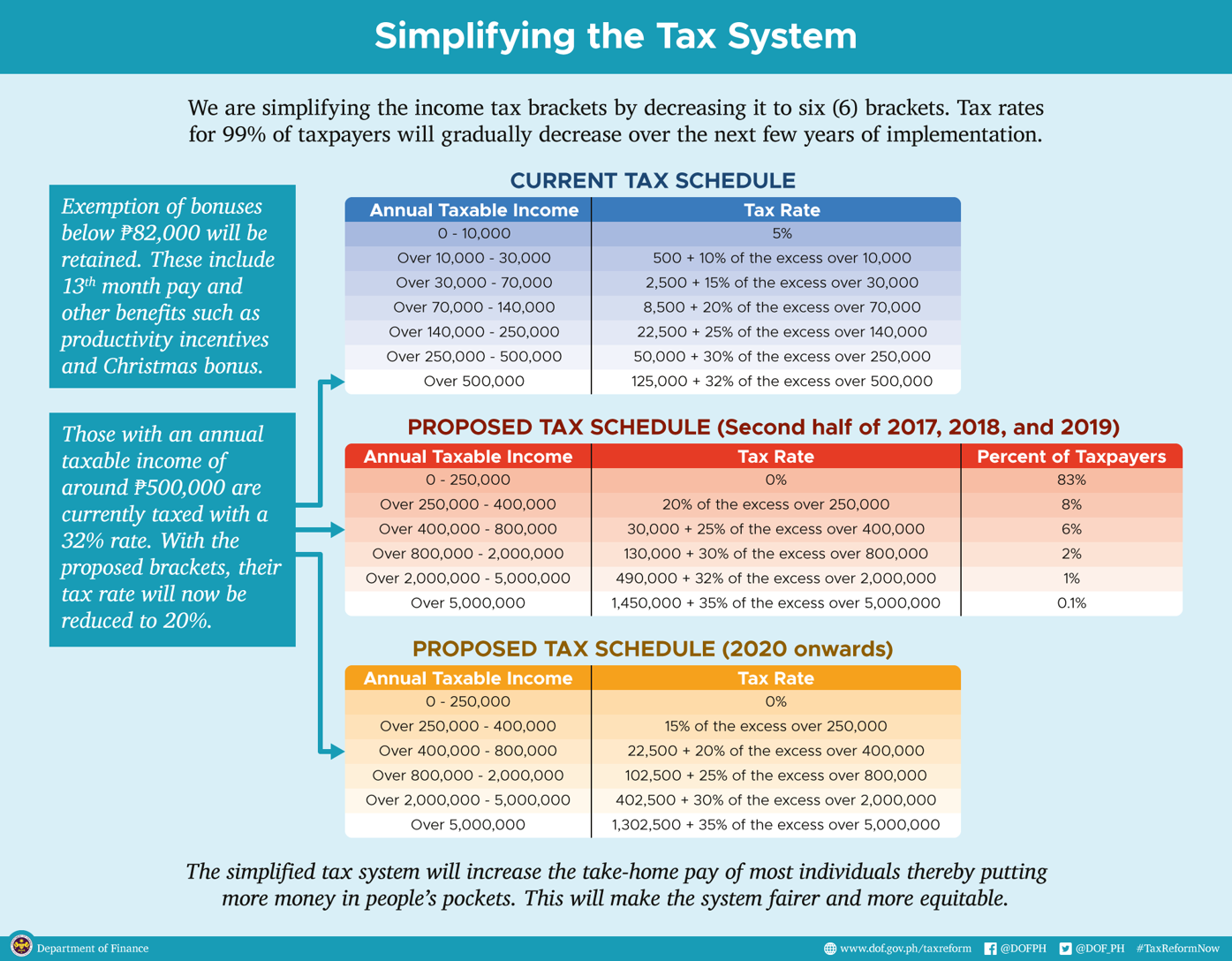State of World Population 2016 report: The future depends on today’s 10 year old girl
“You educate a man; you educate a man. You educate a woman; you educate a generation.” ~ Brigham Young
The role of women in the shaping of a generation cannot be underestimated. The mother plays a very crucial role in the upbringing of her children. Women, in general, have had critical roles in all aspects of society including education, healthcare, This role is clearly recognized by the United Nations Population Fund (UNFPA) which recently released its State of World Population (SWOP) 2016 report with the theme “10: How our common future depends on a girl at this decisive age.”
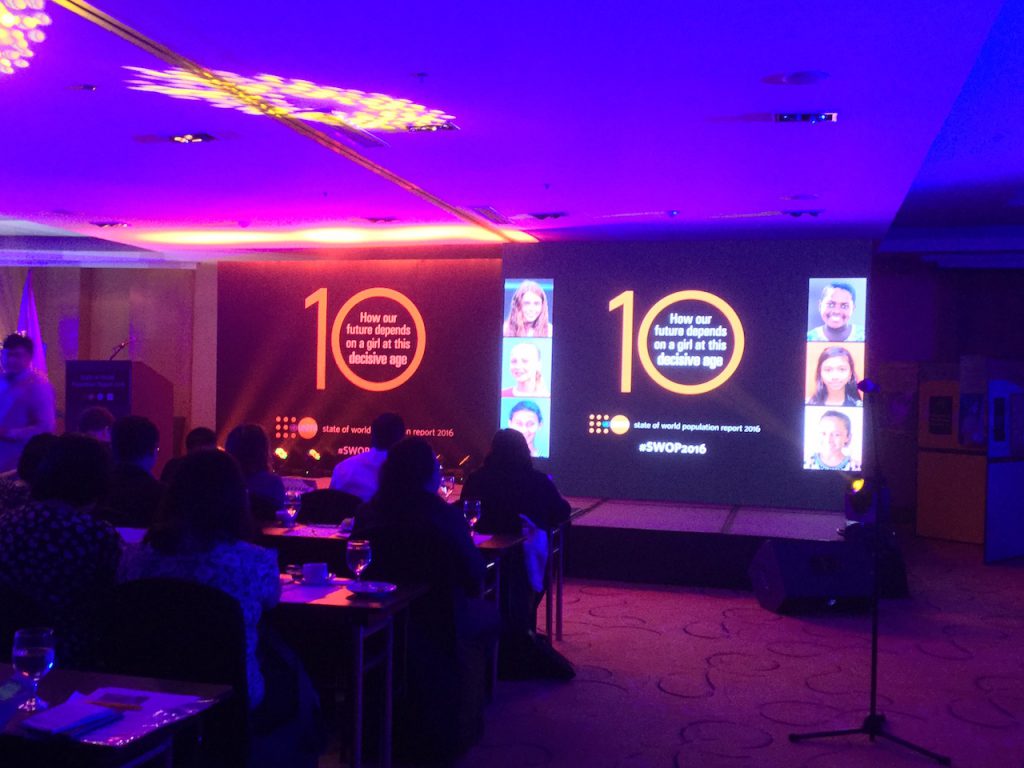
Why 10?
UNFPA believes that the crucial, determinative, pivotal age for a girl is 10 years old. It is at age 10 when a girl can be pulled in different directions and this sets the stage for her future and the future of all those she could potentially influence. If she gets all the right opportunities at that age, she can grow up to be an inspiring leader, a productive worker, an innovator, a caring parent, or any role that she chooses to assume. On the other hand, if her opportunities are restricted and curtailed at this age, if her rights are not protected, and if she is not properly cared for, her chance to bloom in adolescence and become an empowered woman is lost forever.
The UN 2030 Agenda and the 17 Sustainable Development Goals (SDGs)
Without the contribution of women, UNFPA contends that the United Nations Agenda 2030 for Sustainable Development and its accompanying 17 SDGs may never be achieved.
Goal 1 (No Poverty) cannot be achieved, for example, if a young girl is put to physical labor instead of remaining in school. Since she won’t be able to finish schooling, Goal 4 (Quality Education) would not be reached. Without quality education, she will not have the skills for gainful employment and a better income, covered by Goal 8 (Decent Work and Economic Growth). The SDGs are interconnected. When one goal cannot be achieved, it almost always will have a domino effect into the other goals as well.
Obstacles Young Girls Face on the Way to Adulthood
In many developing countries, young girls face many obstacles that could prevent them from reaching their greatest potential as an adult. Look at some key global and Philippine statistics.

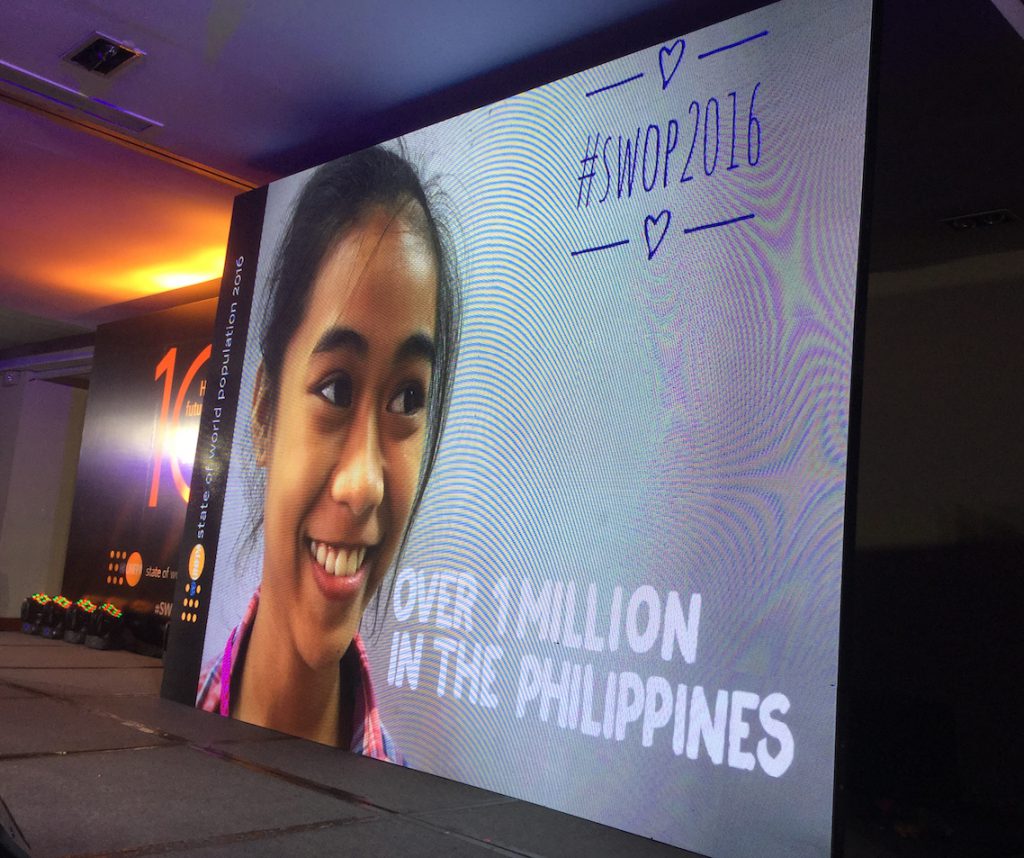
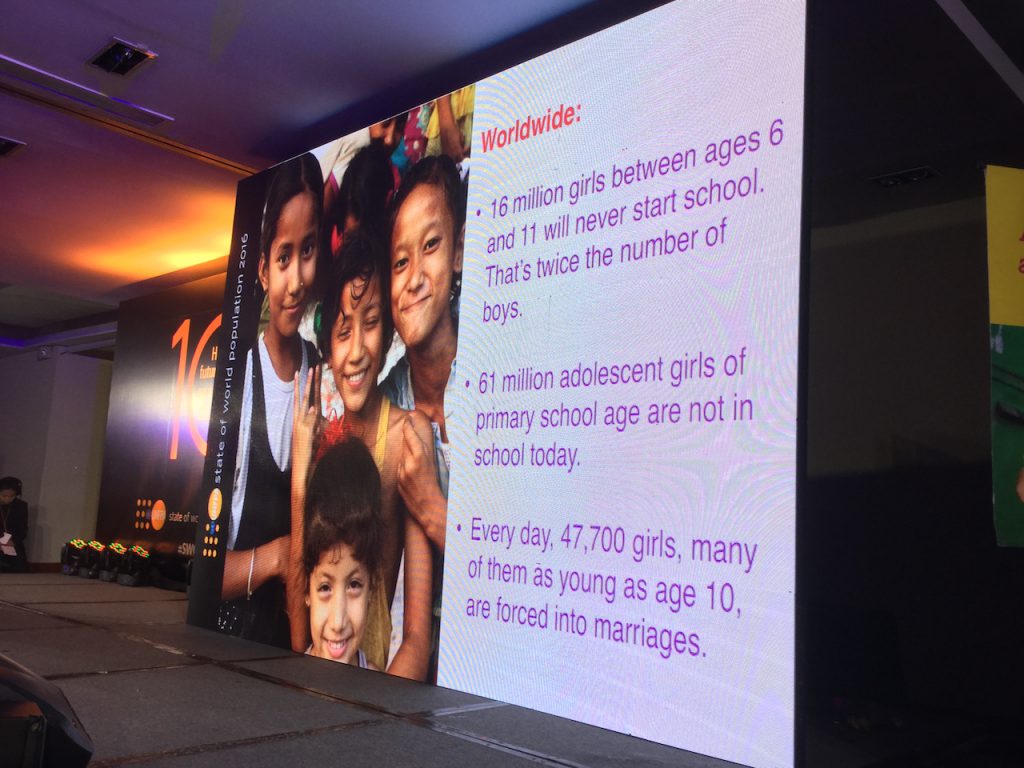
In addition to these are other threats:
Early Marriages – In some parts of the world, a 10-year old girl is ripe for marriage. Most of us at this age are in school and entertaining dreams of what we want to be when we grow up. Elsewhere though, girls are viewed as commodities — to be bought, sold, or traded. The SWOP report states “Every day, an estimated 47,700 girls are married at age 17 or younger in developing countries. When a girl is married, she will likely be taken out of school.”
Look at this slide showing the statistics in the Philippine setting.
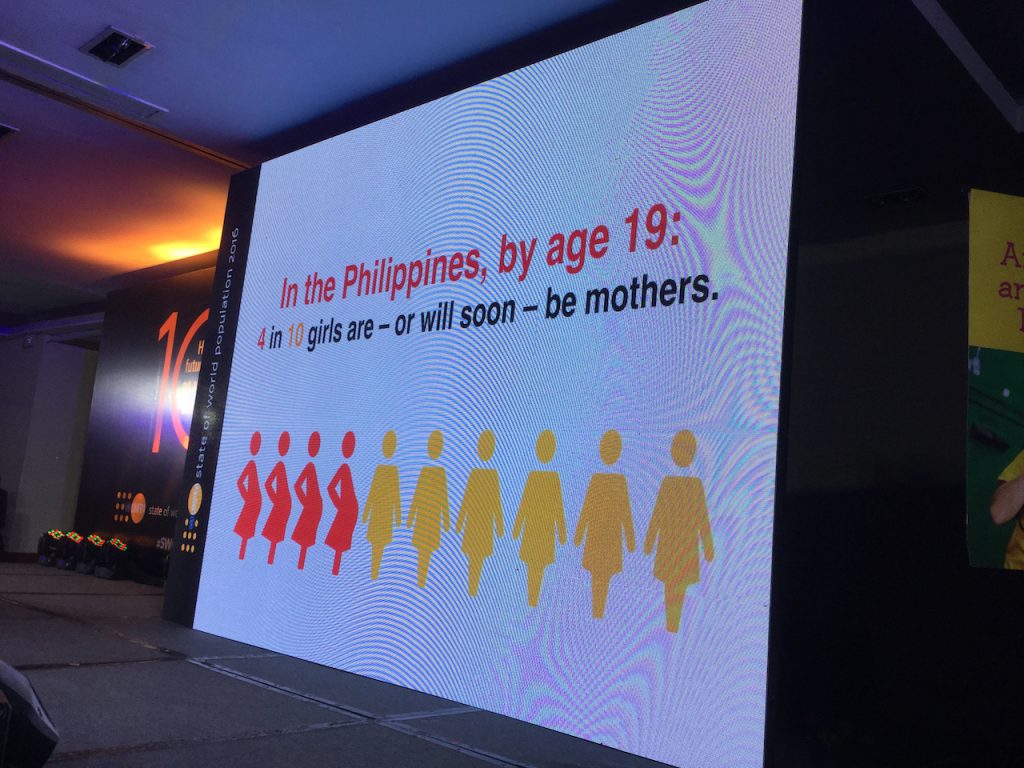
Lack of Education – As a result of being kept unschooled, young girls grow up not knowing their rights and are ignorant about how to keep their bodies healthy. They are often forced to bear children when their bodies are not yet ready for such a physically demanding task. Their minds are also filled with limiting attitudes and a lifetime of subjugation.
Child Labor – Young girls are especially vulnerable to child labor and many times, it involves household chores and a lot of these types of work are unpaid.
Health and Mental Issues – An offshoot of poverty, combined with lack of education, bring on problems – adolescent pregnancy, high rates of HIV and AIDS, and an emerging health concern — suicide. The SWOP report says that “recent data from the World Health Organization indicate that suicide is now the second leading cause of death for adolescent girls between ages 10 and 19 at the global level, and the leading cause of death for those between 15 and 19.”
These statistics are alarming and must be overturned.
What are some of the bright spots that make focusing on 10-year old girls important, if we are to meet the SDGs?
- 16 million girls between ages 6-11 will never start school. This is twice the number of boys of the same age who will stay uneducated. BUT…if we are able to bring these girls back to school, each year of education increases their future earning capacity by 11.7% (compared to 9.6% for men).
- If all 10-year old girls who are currently out of school are able to complete their secondary education, they would trigger a $21 billion annual dividend.
- In the Philippines, investing today in a 10-year old girl will increase her earning potential by 2030 by almost PhP 470,000. It is also forecast to increase the country’s gross domestic product (GDP) by almost 13% by 2030.
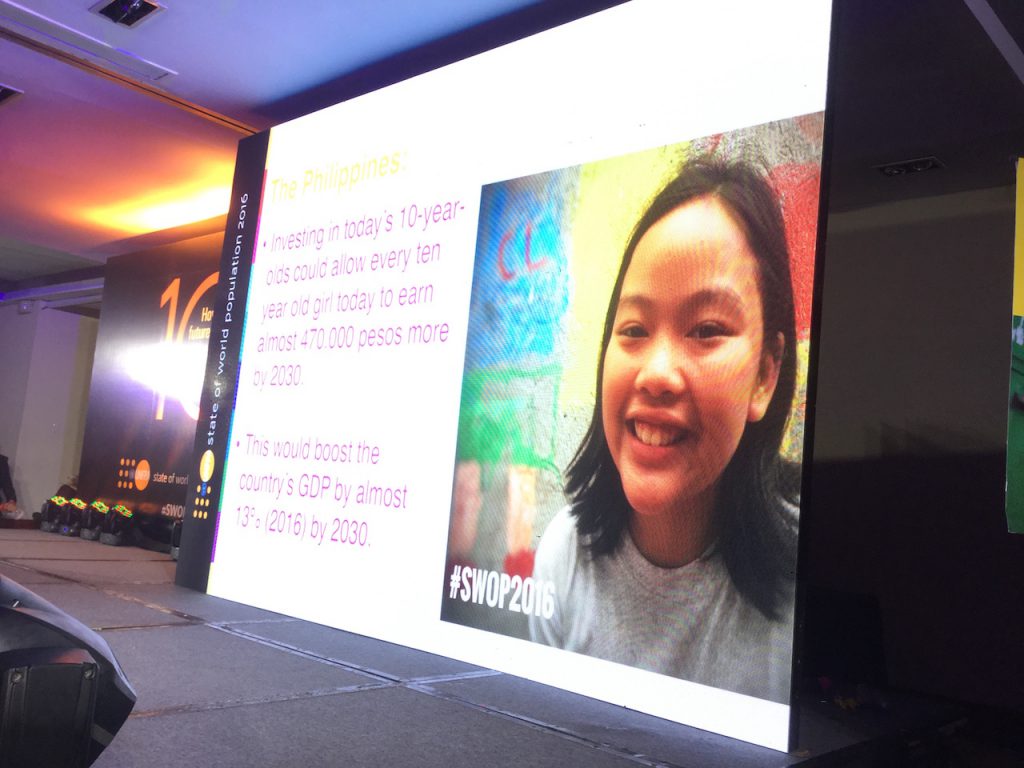
How do we empower today’s 10-year old girl so that by 2030, she would be part of the fulfillment of the SDGs?
The SWOP report lists 10 essential actions for the 10-year old girl in 2016:
Laws
1. Stipulate legal equality for girls, backed by consistent legal practice
2. Ban all harmful practices against girls and make 18 the minimum marriage age
Service
3. Provide safe, high-quality education that fully upholds gender equality in curricula, teaching standards and extracurricular activities
4. In working towards universal health care, institute a 10-year old mental and physical health check-up for all girls
5. Provide age-appropriate comprehensive sexuality education when puberty begins
Policy
6. Institute a rigorous and systematic focus on inclusion, acting on all factors rendering girls vulnerable to being left behind
Investments
7. Track and close investment gaps in young adolescent girls
8. Mobilize new funds for mental health, protection and reducing unpaid work that constrains options for girls
Data
9. Use the 2030 Agenda data revolution to better track progress for girls, including on sexual and reproductive health
Norms
10. Engage girls, boys and all the people around them in challenging and changing gender discriminatory norms
Recommendations Specific to the Philippines
UNFPA has several recommendations, specific to the Philippines, that would help invest in the welfare of Filipino 10-year old girls:
- Full implementation of the Responsible Parenthood and Reproductive Health Law
- Full implementation of comprehensive sexuality education nationwide
- Amendment of the existing anti-rape law, including raising the age of consent to at least 16 years old
- Continuation of the Conditional Cash Transfers program to encourage parents to keep their children in school
- Creation of an enabling environment that helps businesses set up in areas where poorer girls live
UNFPA Representative in the Philippines Klaus Beck said “How we invest in and support 10-year old girls today will determine what our world will look like in 2030. With support from family, community, and nation, and the full realization of her rights, a 10-year old girl can thrive and help bring about the future we all want.”
With the release of the UNFPA’s State of World Population 2016 report was the launch of a 15-year study that will follow the lives of 5,000 ten-year old Filipino boys and girls. The study will provide data on their opportunities and life choices that would help formulate good policies related to sexual and reproductive health as well as rights and population development.
This post is supported by a writing grant from the Philippine Center for Investigative Journalism (PCIJ).


